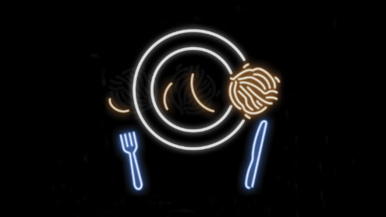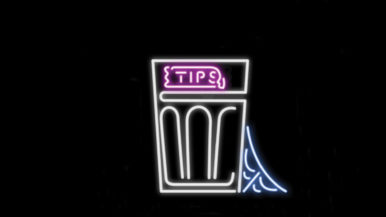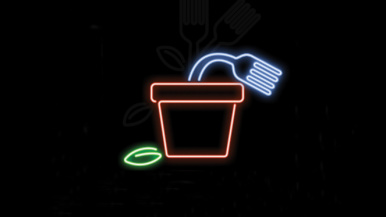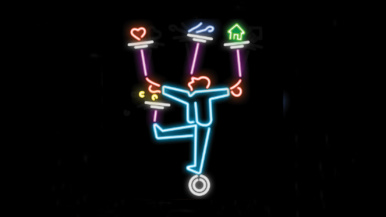Restaurants are toxic workplaces
Shaming, elitism and militaristic hierarchies have long been the norm

We’ve all seen the reality food shows with the red-faced, expletive-spewing, hotshot head chef—or heard the stories of their overworked and underpaid subordinates. Gordon Ramsay’s Hell’s Kitchen is in its 21st season, and The Bear, FX’s drama about a fine-dining chef running the family sandwich shop, was the summer’s hit series. Industry jobs—and all the booze, drugs and workplace abuse that come with them—are glamorized, the negative behaviour perpetuated. It doesn’t have to be this way.

Solution 1: “Kitchens should function like any other workplace”
David Schwartz, co-owner and executive chef, MIMI Chinese and Sunnys Chinese
“Most kitchens are modelled after a militaristic brigade system where orders are barked at subordinates. It’s an antiquated way of approaching a workplace, and nothing good comes from treating people like they’re below you. In my kitchen, I expect everyone to speak to one another with respect: that means the dishwasher speaks to me the same way I speak to them. ‘Yes, chef’ is a standard response in restaurant kitchens, but imagine how weird saying ‘Yes, boss’ every five seconds would be in any other industry. Also, it’s often the case that restaurants don’t pay for proper accounting services and end up missing payroll cycles and tip payouts. Kitchens should function like any other workplace: benefits, HR, a functioning payroll system. Isn’t it obvious that if people like working for you, it will be easier to retain staff and your business will thrive?”

Solution 2: “Foster a safe and supportive workplace”
Hassel Aviles, executive director, Not 9 to 5, mental health advocacy for the food service sector
“The number one step restaurants can take to support their staff is to practise psychological safety: foster workplaces where people feel safe to make mistakes, be vulnerable, and give and receive feedback without fear. This means abolishing the idea that staff should ‘check their shit at the door.’ That’s how we end up with toxic workplaces where repression of any emotion other than anger is the norm. Leaders should model vulnerability by sharing their perspectives on work—including failures—as well as normalize taking breaks, focus on solutions instead of blame, show gratitude regularly and seek staff input and feedback.”

Solution 3: “Engage in compassionate leadership”
Eva Chin, executive chef, Avling
“Is the brigade the source of the toxicity and patriarchy of a kitchen? I don’t think so. It’s the shaming, the elitism and the lack of compensation. I’d love to see more restaurants offer workshops and personal development courses for their management teams. Our industry has made amazing strides in terms of food innovation, but even though restaurants revolve around people, the culture of personal development for our managerial tier—which is standard for most other industries—is not nearly strong enough. As leaders in the industry, we should be learning skills like compassionate leadership, conflict de-escalation and how to foster healthy, positive work environments.”

Solution 4: “Operate on a non-hierarchical model”
Roger Yang, owner, Osteria Du and Pizzeria Du
“In the restaurant industry, there’s almost an expectation of toxicity, but happy people work better. At my restaurants, we operate on a non-hierarchical model where everyone is responsible for managing one another. For this to work, the right people have to be on board, and that starts with the hiring process: instead of having one manager responsible for holding interviews, we get a few team members to sit in on them. From there, leadership happens naturally—junior cooks want to learn from senior cooks, for instance. This requires having more group discussions, and it takes more time, but it also means people feel more involved. Nobody’s just a cog in the machine.”
The Brigade System
The restaurant kitchen’s militaristic chain of command was designed in the late 19th century by chef Georges Auguste Escoffier, who had served in the French army.












